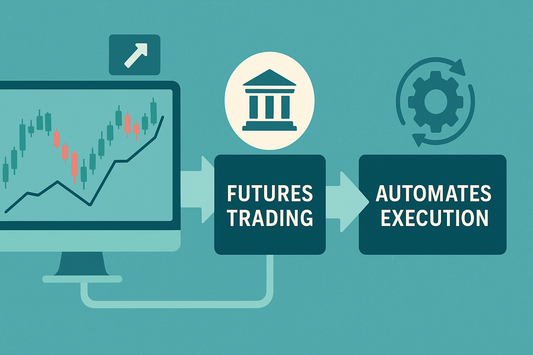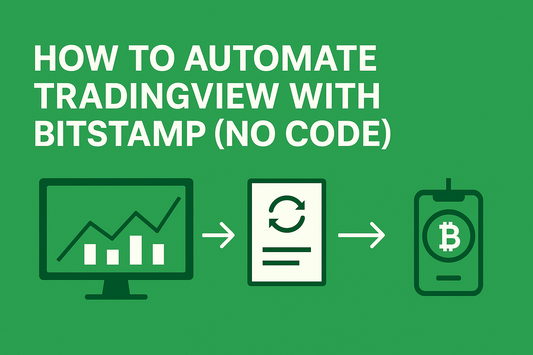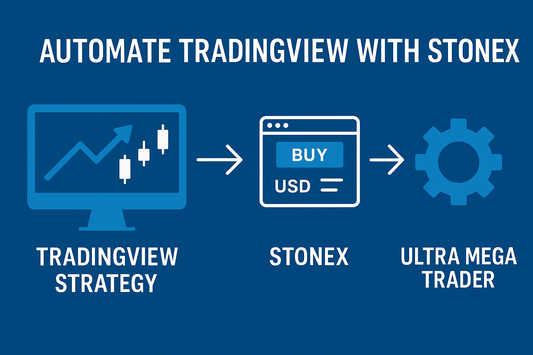The hard route (webhooks + cloud)
This is the “build a mini startup” approach. You’ll wire TradingView alerts to a webhook endpoint you host (Cloud Functions/Lambda/VM). That endpoint must parse JSON, authenticate to your broker/exchange, handle idempotency (so one alert doesn’t fire twice), and push an order through the API. Think of the amount of time you could already be trading while you were building this setup!
Now add the real-world stuff:
-
Secrets & auth: rotate API keys, store them securely, renew tokens, handle 401s.
-
Retries & queues: recover from 500s/429s without double-firing; backoff correctly.
-
Rate limits: throttle bursts around opens/news so you don’t get blocked.
-
Monitoring: logs, alerts, dashboards—because failures show up during volatility.
-
Latency tax: every hop (webhook → cloud → API) adds delay… and potential failure points.
-
Maintenance: SDK updates, TLS certs, vendor changes, surprise cloud bills.
Fit: great if you love DevOps and want infinite flexibility. Just know you’re signing up for ongoing ops, not just a weekend project.
The easy route (UMT Automator)
This is the “trade, not babysit servers” path. Install the Automator in your browser. Your strategy fires on the chart you already use; the Automator handles the repetitive clicks—paper or live, Market or Limit—so you can forward test with real slippage, commissions, and latency without wiring a single webhook.
What you actually do:
-
Pick order style: Market for speed, Limit for price control. Switch anytime.
-
Start in paper: sanity-check entries/exits as bars form.
-
Go tiny live: measure true fills, non-fills, and costs on your timeframe.
-
Fewer hops: chart → Automator → order. Less to break, less to maintain.
Guardrails without the drama:
-
Built to avoid obvious double-fires and “stuck button” moments.
-
Keep your strategy private—no code publishing, no external servers.
Fit: traders who want execution, not side quests.
Total cost of ownership (TCO)
Count time + risk + money. If automation adds more failure points & time than it removes, it’s not automation—it’s a hobby project. The Automator keeps it tight.
If your goal is trading, not babysitting servers, go browser-based and be done with it.





